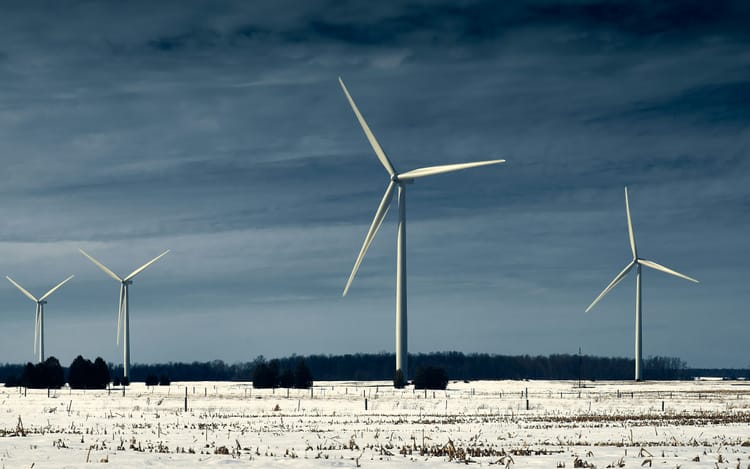Sustainable bond issuances to reach US$1 trillion in 2024

The sustainable bond market is expected to experience continued growth this year, with almost US$1 trillion of issuances and an overall market share of 14%.
This is according to S&P Global’s outlook for the green, social, sustainability, and sustainability-linked bond (GSSSB) market for 2024. The ratings firm notes that despite economic uncertainty, GSSSB issuance will increase from US$0.98 trillion in 2023 to about US$1 trillion this year, led by green bonds.
Between 2022 and 2023, the share of green bonds in the GSSSB market increased from 56% to 59%, reaching a total of US$575 billion, while all other categories (including sustainability bonds, social bonds, sustainability-linked bonds and transition bonds) slightly lost market share.
Read also: Telcos raise more than €1.3 billion in green bonds
EU Green Bond Standard to drive transparency and growth
Growth in 2024 is likely to be spurred by increased transparency and the adoption of green taxonomies, particularly in Europe. For instance, the EU’s Green Bond Standard, which was adopted in late 2023, will start applying towards the end of this year, allowing issuers complying with the standard to voluntarily use the ‘EuGB’ standard.
This is seen as a boon for the market and for issuers: “With ample projects needed for the net-zero transition, the EUGBS and its role in improving credibility will give issuers potential long-term benefits, thereby underpinning long-term green bond supply,” said Kevin Leung, sustainable finance analyst at the Institute for Energy Economics and Financial Analysis (IEEFA). “Issuers can build a track record of EuGB-labelled bond issuances to reflect lower transition risks through four pillars: commitments, capital expenditure pipelines, green asset delivery and governance.”
However, IEEFA warns that the Green Bond Standard has its limitations, such as a lack of guidance on standardised impact reporting and a “loose allocation timeline for proceeds”, which may make proceeds difficult to track. “This could lower investor confidence in realising timely environmental impacts, particularly for bonds with a distant maturity date,” the organisation says in a report published today (February 19).
Strongest year for transition bonds
S&P Global expects transition bonds, largely issued by energy companies that do not qualify for green bonds, to experience their strongest growth so far this year, after “struggling to find their place in the GSSSB market”.
Since the first transition bond in 2019, total issuance has amounted to less than US$15 billion – less than 1% of the overall GSSSB market. According to the firm, this is because there isn’t a clear definition of transition finance or clear principles for transition bonds in the market yet.
But recent initiatives such as the Monetary Authority of Singapore’s transition finance taxonomy and the International Capital Market Association’s updated climate transition finance handbook should begin to increase confidence in this instrument in 2024.







Member discussion